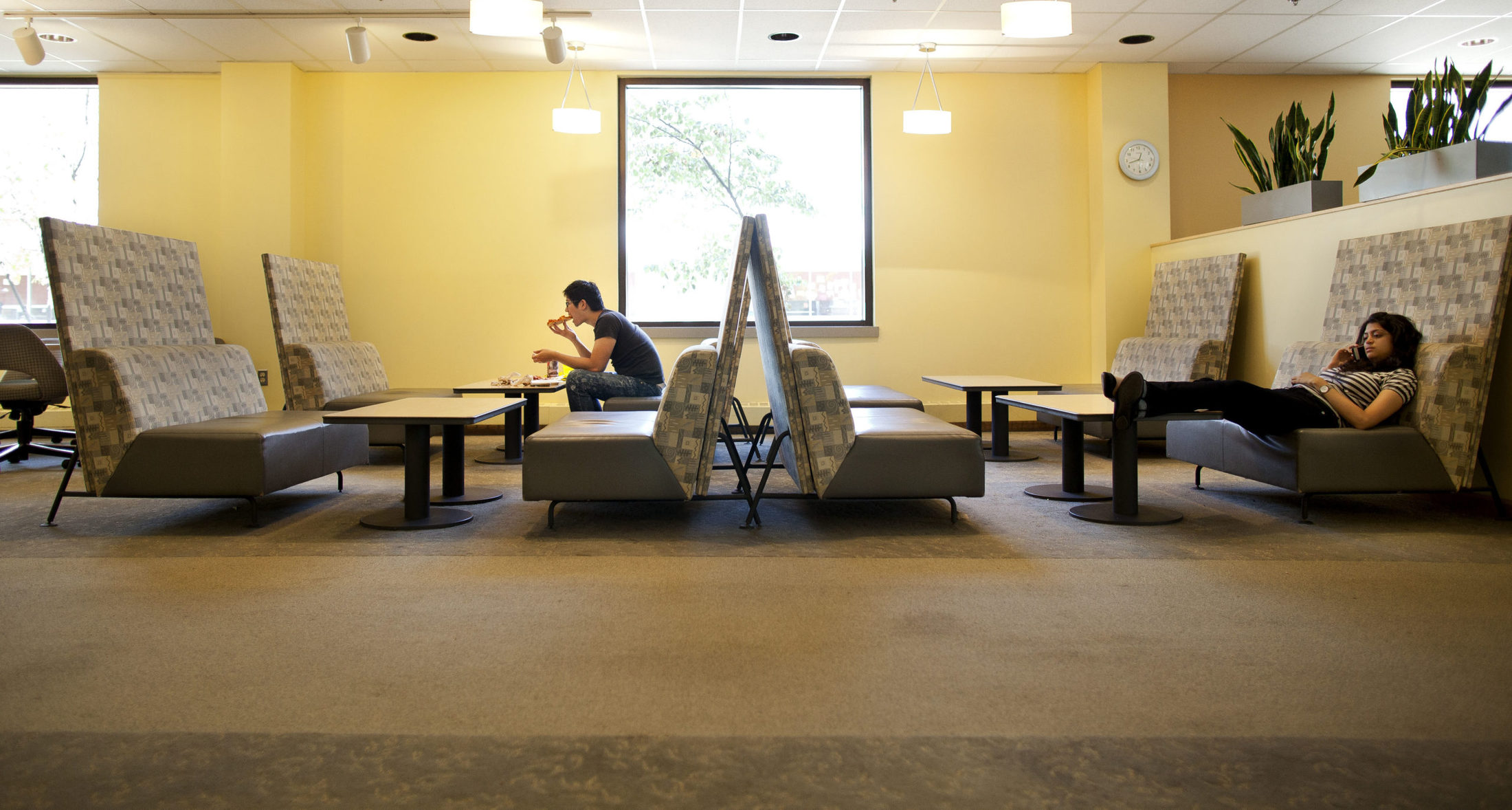What Role Does Architecture Play In Creating Inclusive And Accessible Public Spaces?

When it comes to designing structures, architects need to keep in mind that their designs should be accessible to everyone regardless of their abilities. The importance of accessibility in architecture cannot be understated, and this is where social awareness plays a significant role.
Here are several points that explain why accessibility in architecture and the role of social awareness are significant:
1. Ensuring inclusion for all
Accessible architecture can make a world of difference in the lives of people with various abilities. When a design is accessible, it can accommodate individuals with physical disabilities such as those who use wheelchairs, crutches, or walkers. It can also cater to sensory disabilities like visual or auditory impairments, ensuring that they can maneuver around the building safely and independently.
2. Promoting equal opportunities
Equal opportunities are essential for personal, social, and professional development. Architects can contribute to this by designing public spaces and buildings to meet accessibility guidelines. This way, everyone can have equal access to opportunities such as education, employment, and recreation.
3. Bettering urban environments
Accessibility can help create thriving and vibrant communities. When public spaces like parks and buildings are accessible, they promote socialization and encourage people to interact. Furthermore, accessible buildings and parks can be used as spaces for everyone, including families with young children and elderly people.
4. Providing a better customer experience
Accessibility is not only important for public spaces but also for businesses. By making their premises accessible, businesses can ensure that they provide a better customer experience for all. This can help improve customer satisfaction and even attract new customers who value inclusive practices.
5. Reducing the need for rework
When accessibility in architecture is not considered from the beginning, it can lead to costly and time-consuming rework. This can result in delays in construction and added expenses. By incorporating accessibility into the initial design phase, architects can avoid such costly rework and save time and money in the process.
6. Meeting legal requirements
Accessible architecture is not only essential but also legally required. In many countries, it is mandatory to comply with accessibility guidelines. Failing to do so can result in legal action and penalties.
7. Helping to create a more sustainable future
Inaccessible architecture can pose significant environmental challenges. By designing accessible buildings and spaces, architects can help create a more sustainable future. This can be achieved by incorporating energy-efficient technologies, using sustainable materials, and recycling building waste.
8. Encouraging social responsibility
Social responsibility should be at the forefront of the minds of architects when designing structures. By prioritizing accessibility, they are promoting social responsibility. This mindset sets a positive example for young architects to follow, emphasizing the importance of creating inclusive designs.
FAQ
Q: What are some common features of accessible architecture?
A: Accessible architecture should cater to people with physical, sensory, and cognitive disabilities. It should feature amenities like ramps, elevators, and tactile surface indicators for the visually impaired. It must also provide visual and auditory cues for those with sensory disabilities.
Q: Why is accessibility important for businesses?
A: In essence, accessibility helps businesses cater to a more diverse market. When a company caters to people with disabilities, it promotes inclusivity and a sense of belonging. Doing so helps improve customer satisfaction, and it encourages people to spend more time and money in the establishment.
Q: How can architects ensure that their designs are accessible?
A: Architects can ensure accessibility by keeping in mind guidelines like the Americans with Disabilities Act (ADA) or the International Code Council's International Building Code (IBC). These guidelines specify accessibility requirements for all types of structures.
Q: What benefits can accessible architecture have for families with young children?
A: Accessible architecture can make it easier for parents with young children to navigate public spaces, making it easier for them to attend events or classes. Furthermore, accessible public spaces provide safer areas for children to play and learn.
Q: How can accessible architecture contribute to environmental sustainability?
A: By incorporating energy-efficient technologies and using sustainable materials, architects can reduce the environmental impact of their structures. Accessibility and sustainability go hand in hand, as both promote a more inclusive and environmentally friendly future.
In conclusion, accessibility in architecture and the role of social awareness are highly crucial in creating inclusive and accessible structures. Architects have an obligation to consider accessibility in their designs, in a bid to promote social responsibility and inclusivity. Architecture that fails to meet accessibility guidelines can cause considerable harm, not only to people but to the environment as well. Therefore, it is essential to consider accessibility from the beginning of the design phase to create a better and more harmonious world for everyone.



Post a Comment for "What Role Does Architecture Play In Creating Inclusive And Accessible Public Spaces?"